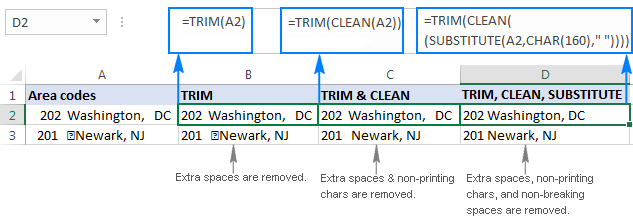

Close the dialog box by clicking on Cancel.

Highlight the Nonbreaking Space character.The Special Characters tab of the Symbol dialog box. 2Ět the very right side of the ribbon, in the Symbols group, click Symbol and then More Symbols.Word will then not break the line at that point.Īn alternative way of inserting a non-breaking space is to follow these steps: To do this, hold down the Ctrl and Shift keys as you press the Spacebar. The answer is to use non-breaking spaces instead of regular spaces when you don't want Word to break a line at a certain space. For instance, you may want to make sure that two adjacent words appear on the same line as each other. Per the Chicago Manual of Style, we should Leave no space between the superscript (note number) in the text and the word or mark of punctuation it follows. Sometimes, however, you may not want Word to break a line at a certain space. I’ve just double-checked on a page with footnotes formatted by Footnotes to make sure the referrers stick to the words even where lines are broken. Non-breaking space characters with other widths also exist. In some formats, including HTML, it also prevents consecutive whitespace characters from collapsing into a single space. Although its documentation does not indicate anything about non-breaking spaces explicitly, it seems obvious that with cleveref, I no longer need a tie preceding the command \crefįor a source code that already is coded with such non-breaking spaces, I would recommend using an editor to globally replace instances of ~\cref with \ \cref.When Word calculates line width and wraps text to the next line, it tries to break the line at either a space or a hyphen. In word processing and digital typesetting, a non-breaking space, also called NBSP, required space, hard space, or fixed space, is a space character that prevents an automatic line break at its position.


I came across this question about the instances wherein non-breaking space should be used.įor cross-referencing, I am using cleveref.


 0 kommentar(er)
0 kommentar(er)
